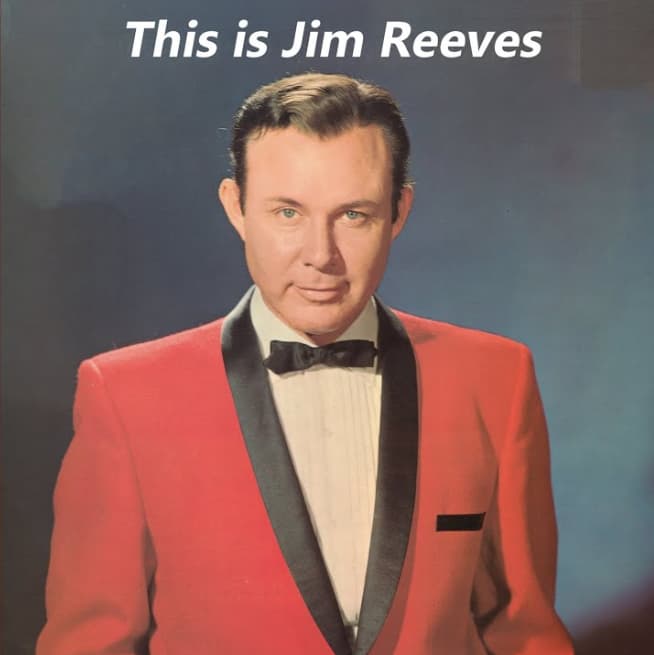
The Velvet Voice That Whispered Into Our Hearts
A poignant reflection on isolation and heartbreak, this 1957 masterpiece ushered in the iconic “Nashville Sound” with its intimate, crooning style.
For many of us who remember the golden age of country music, certain songs don’t just evoke a memory—they unlock an entire era. Jim Reeves‘s “Four Walls,” recorded on February 7, 1957, is one such timeless treasure. More than just a hit, this recording represents a seismic shift in country music, marking the true emergence of the sophisticated, lush sound that would eventually be dubbed the “Nashville Sound.” Released at a time when country was still dominated by the sharp twang of honky-tonk, “Four Walls” brought a smooth, intimate baritone into living rooms across the world, effectively building a bridge between traditional country and mainstream pop audiences. And what a phenomenal success it was: “Four Walls” soared to the coveted No. 1 spot on the Billboard Hot Country Singles chart, a testament to its immediate and profound connection with listeners. Beyond the country charts, it demonstrated its crossover appeal by climbing to an impressive No. 11 on the Billboard Pop chart, proving that “Gentleman Jim” was a force to be reckoned with across all genres.
The story behind the recording of “Four Walls” is a fascinating piece of music history, a tale of conviction and creative transformation. Jim Reeves first noticed the song in the office of legendary RCA Victor producer Chet Atkins. The song, written by Marvin J. Moore and George H. Campbell, Jr., was a heartbreaking ballad, and while Atkins—the architect of the Nashville Sound himself—initially felt the song might be a better fit for a female vocalist, Reeves was adamant. He saw something in the lyrics, a quiet sorrow that spoke directly to his emerging style. This stubborn persistence led to a studio session that would forever change his career. Previous recordings by Reeves had adhered to a more robust, conventional country style, but with “Four Walls,” he adopted a revolutionary technique. He moved in closer to the microphone, delivering the song in a hushed, gentle manner—a style that made him sound like he was whispering a secret directly to the listener. This intimate, velvety delivery became his trademark, cementing his persona as the sophisticated crooner known as “Gentleman Jim.”
The meaning of “Four Walls” is achingly simple and universally relatable: it’s a song about the crushing weight of loneliness and the agony of a love lost. The lyrics paint a picture of a man who is physically confined by the four walls of his room, which become a metaphor for his emotional prison. Every glance at the “pictures on the wall” and the emptiness in the room serves as a painful reminder of the one who is gone. For those of us who have known true, solitary heartbreak, that feeling of being trapped by sorrow inside a silent space, the song is almost too real. It’s a beautifully melancholic piece that validated the quiet pain felt by so many. Listening to Reeves‘s low, resonant baritone, you don’t just hear the words; you feel the ache of his solitude. Decades later, the song is a bittersweet echo, taking us back to a time when a simple, honest ballad could stop the world and hold us in its velvet embrace. It’s not just music; it’s a memory preserved in amber, an essential chapter in the soundtrack of our lives.